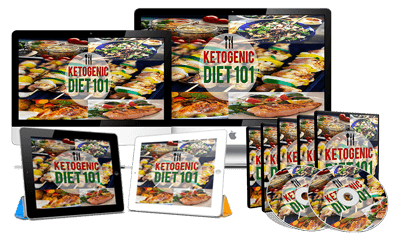Introduction: What is the keto diet? (High fat, moderate protein, low carbs). Benefits of the keto diet (weight loss, mental clarity, reduced sugar cravings). How It Works: Explanation of ketosis and how the body burns fat for energy. Ideal macro breakdown (70% fat, 25% protein, 5% carbs). Keto-Friendly Foods: List of foods to eat (meats, fish, healthy oils, leafy greens, etc.). Foods to avoid (sugar, bread, rice, pasta, etc.). Sample Keto Meal Plan: Example meals for a day: breakfast, lunch, dinner, and snacks. Common Mistakes and How to Avoid Them: Not enough electrolytes. Hidden carbs in processed foods. Rushing into ketosis without preparation. Conclusion: Encouragement to start slow and experiment with recipes. Mention useful resources (like meal trackers, books, or forums). Invite viewers to like, subscribe, and comment.
